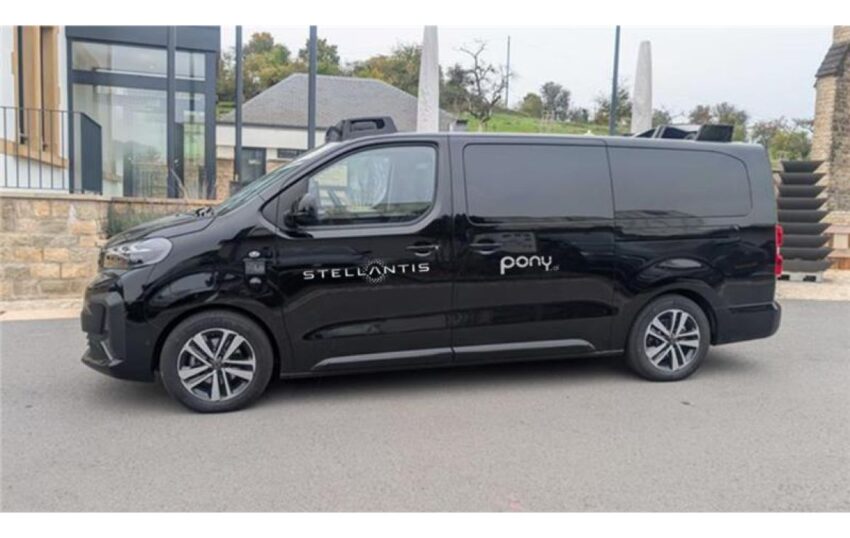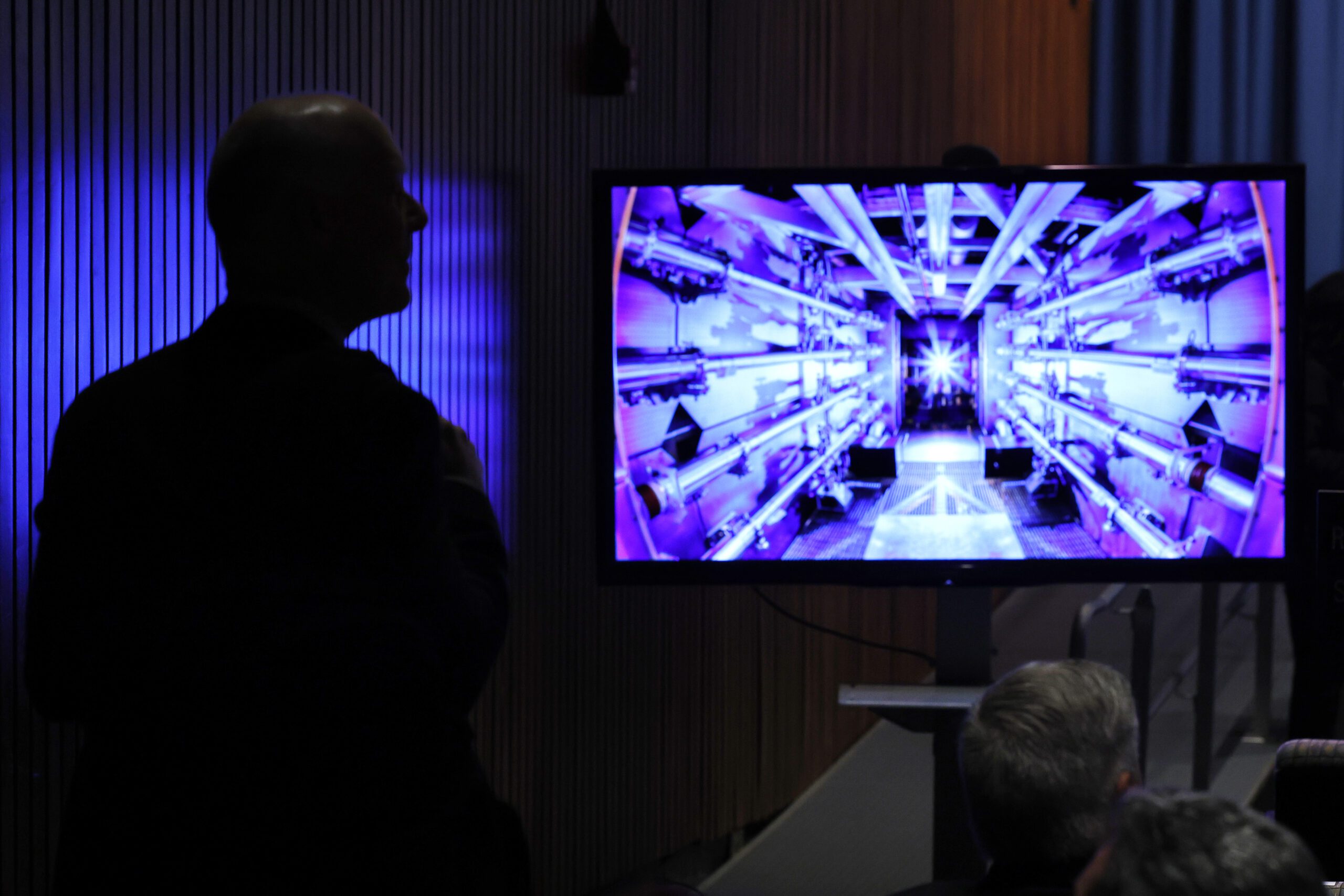
stellantis teams up with pony ai to Stellantis has announced a strategic partnership with Pony AI to advance the development of robotaxis in Europe.
stellantis teams up with pony ai to
Overview of the Partnership
The collaboration between Stellantis, a global automotive manufacturer, and Pony AI, a prominent player in autonomous driving technology, aims to integrate Pony’s self-driving software into Stellantis’ electric medium-size van platform. This platform is equipped with advanced sensors designed to support autonomous vehicle operations. The partnership is a significant step towards enhancing mobility solutions in urban environments, particularly as cities increasingly seek sustainable and efficient transportation options.
Objectives of the Collaboration
The primary objective of this partnership is to develop a fleet of robotaxis that can operate safely and efficiently in urban settings. By leveraging Pony AI’s cutting-edge self-driving technology, Stellantis aims to create vehicles that not only meet the growing demand for electric transportation but also enhance the overall user experience through automation. The integration of advanced sensors and software is expected to improve navigation, obstacle detection, and passenger safety.
Technological Innovations in Focus
The collaboration will focus on several key technological innovations that are critical for the successful deployment of autonomous vehicles:
- Self-Driving Software: Pony AI’s software is designed to enable vehicles to navigate complex urban environments, making real-time decisions based on various inputs from the vehicle’s sensors.
- Electric Medium-Size Van Platform: Stellantis’ platform is tailored for electric vehicles, ensuring that the robotaxis will be environmentally friendly while also providing ample space for passengers and cargo.
- Advanced Sensor Integration: The partnership will utilize a suite of sensors, including LiDAR, cameras, and radar, to create a comprehensive perception system that enhances the vehicle’s ability to understand its surroundings.
Market Context and Demand for Robotaxis
The demand for autonomous vehicles, particularly robotaxis, has been on the rise as urban populations continue to grow. Cities are increasingly looking for innovative solutions to address traffic congestion, reduce emissions, and improve public transportation systems. The robotaxi concept aligns with these goals by providing a flexible, on-demand transportation option that can operate without a human driver.
According to a recent report by the International Transport Forum, the global market for autonomous vehicles is expected to reach $557 billion by 2026. This growth is driven by advancements in artificial intelligence, machine learning, and sensor technology, which are making autonomous driving more viable and safe. Stellantis and Pony AI’s partnership positions them to capitalize on this burgeoning market.
Implications for the Automotive Industry
The collaboration between Stellantis and Pony AI is indicative of a broader trend within the automotive industry, where traditional manufacturers are increasingly partnering with tech companies to accelerate the development of autonomous technologies. This shift reflects the recognition that expertise in software and artificial intelligence is crucial for success in the rapidly evolving automotive landscape.
Furthermore, the partnership underscores the importance of sustainability in modern vehicle design. As governments around the world implement stricter emissions regulations, electric vehicles are becoming a necessity rather than an option. By focusing on electric robotaxis, Stellantis and Pony AI are not only addressing regulatory pressures but also aligning with consumer preferences for greener transportation solutions.
Stakeholder Reactions
The announcement has garnered attention from various stakeholders within the automotive sector, including industry analysts, investors, and environmental advocates. Many see this collaboration as a positive step towards the future of transportation.
Industry analysts have noted that Stellantis’ extensive experience in vehicle manufacturing, combined with Pony AI’s expertise in autonomous driving, creates a powerful synergy that could lead to significant advancements in the field. “This partnership could set a new standard for robotaxi services in Europe,” said an automotive industry analyst. “By combining their strengths, they can accelerate the development and deployment of safe, efficient autonomous vehicles.”
Investors have also reacted positively, with shares of Stellantis experiencing a slight uptick following the announcement. The potential for growth in the autonomous vehicle market is attracting interest from venture capitalists and institutional investors alike, who are eager to support innovative projects that promise substantial returns.
Environmental advocates have welcomed the focus on electric vehicles, emphasizing the importance of sustainable transportation solutions in combating climate change. “The shift towards electric robotaxis is a crucial step in reducing urban emissions,” stated a representative from a leading environmental organization. “We need more partnerships like this to drive the transition to cleaner transportation.”
Challenges Ahead
Despite the promising outlook, the partnership between Stellantis and Pony AI is not without its challenges. The development of autonomous vehicles is a complex process that involves rigorous testing and regulatory approval. Ensuring the safety and reliability of self-driving technology is paramount, as any failures could have severe consequences for public trust and acceptance.
Additionally, the regulatory landscape for autonomous vehicles varies significantly across different countries and regions. Navigating these regulations will be crucial for the successful deployment of robotaxis in Europe. The partnership will need to engage with policymakers and regulatory bodies to ensure compliance and facilitate the introduction of their technology to the market.
Public Perception and Acceptance
Public perception of autonomous vehicles remains a critical factor in their widespread adoption. While many consumers are intrigued by the concept of robotaxis, concerns about safety and reliability persist. High-profile accidents involving autonomous vehicles have raised questions about the technology’s readiness for public use.
To address these concerns, Stellantis and Pony AI will need to prioritize transparency in their development process. Engaging with the public through educational initiatives and pilot programs can help demystify autonomous technology and build trust among potential users. Demonstrating the safety and efficiency of their robotaxi services will be essential for gaining public acceptance.
Future Prospects
Looking ahead, the partnership between Stellantis and Pony AI has the potential to reshape the landscape of urban mobility in Europe. As cities continue to evolve and adapt to new transportation needs, the introduction of robotaxis could offer a viable solution to many of the challenges currently facing urban transportation systems.
Moreover, the collaboration could pave the way for future innovations in autonomous driving technology. By successfully integrating self-driving software with electric vehicle platforms, Stellantis and Pony AI may inspire other automotive manufacturers to explore similar partnerships, further accelerating advancements in the field.
Conclusion
The collaboration between Stellantis and Pony AI marks a significant milestone in the journey towards autonomous urban mobility. By combining their strengths, the two companies are poised to develop innovative robotaxi solutions that align with the growing demand for sustainable and efficient transportation. As they navigate the challenges ahead, their efforts will be closely watched by industry stakeholders, regulators, and consumers alike.
Source: Original report
Was this helpful?
Last Modified: October 18, 2025 at 2:40 am
1 views















